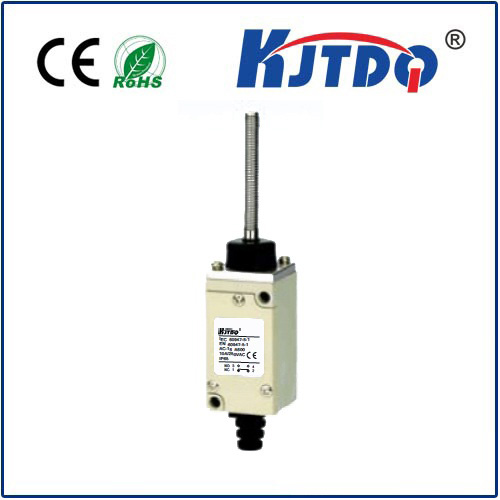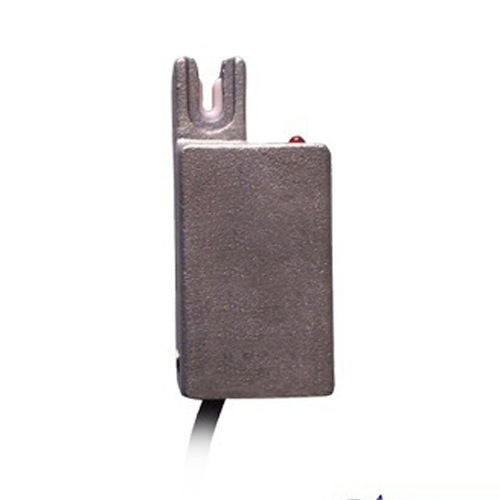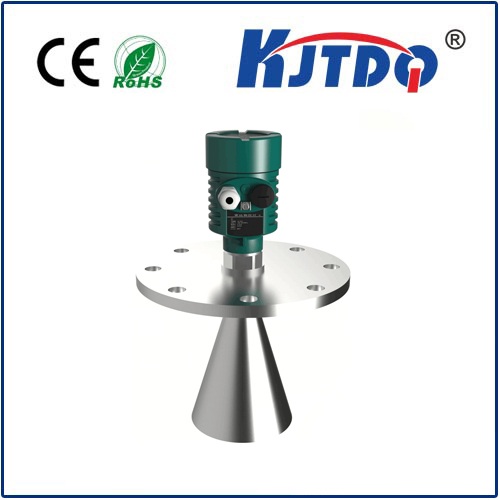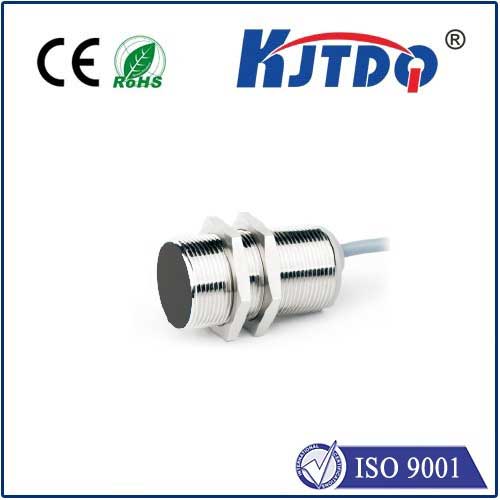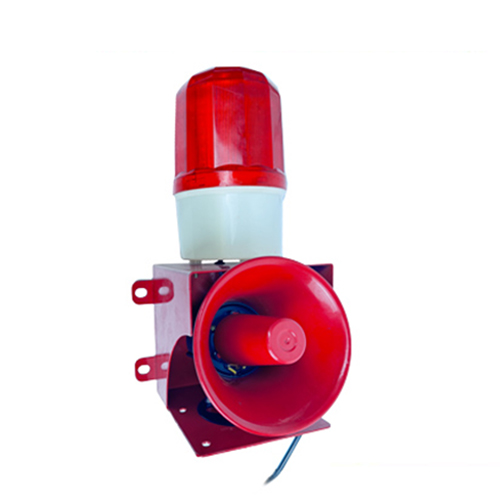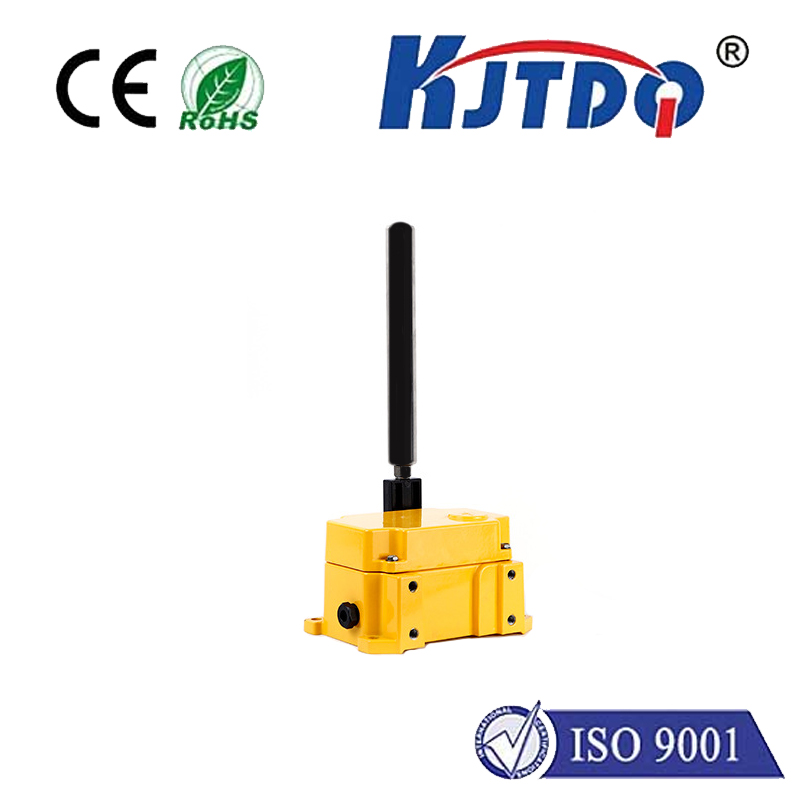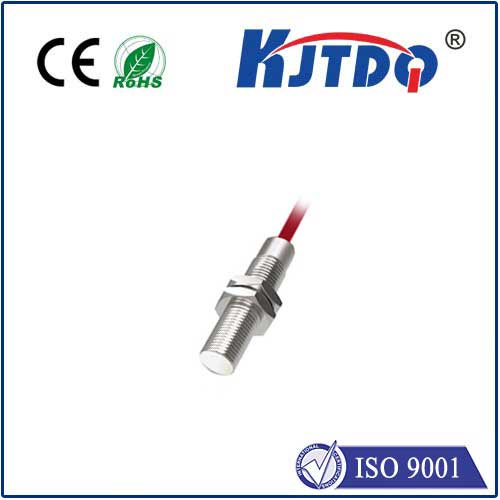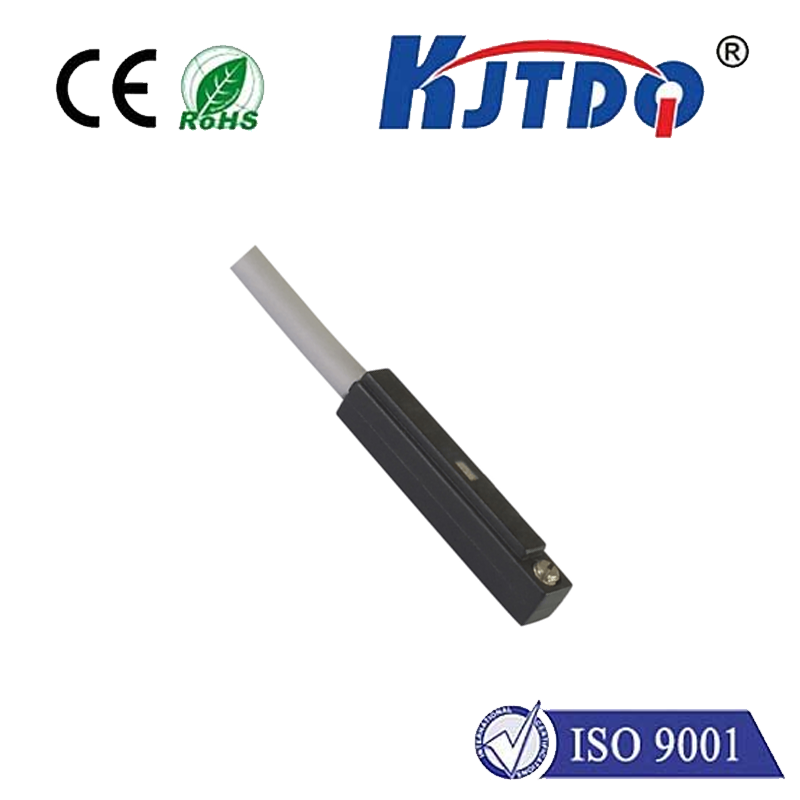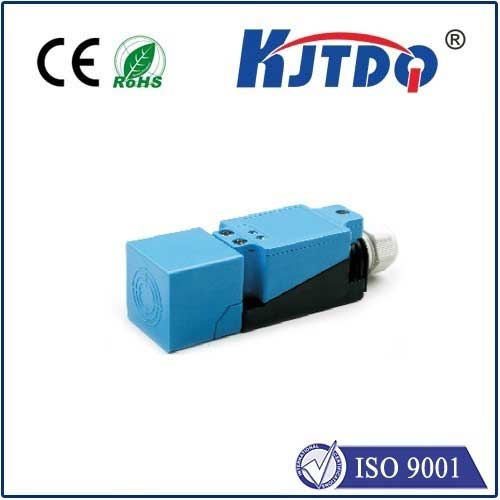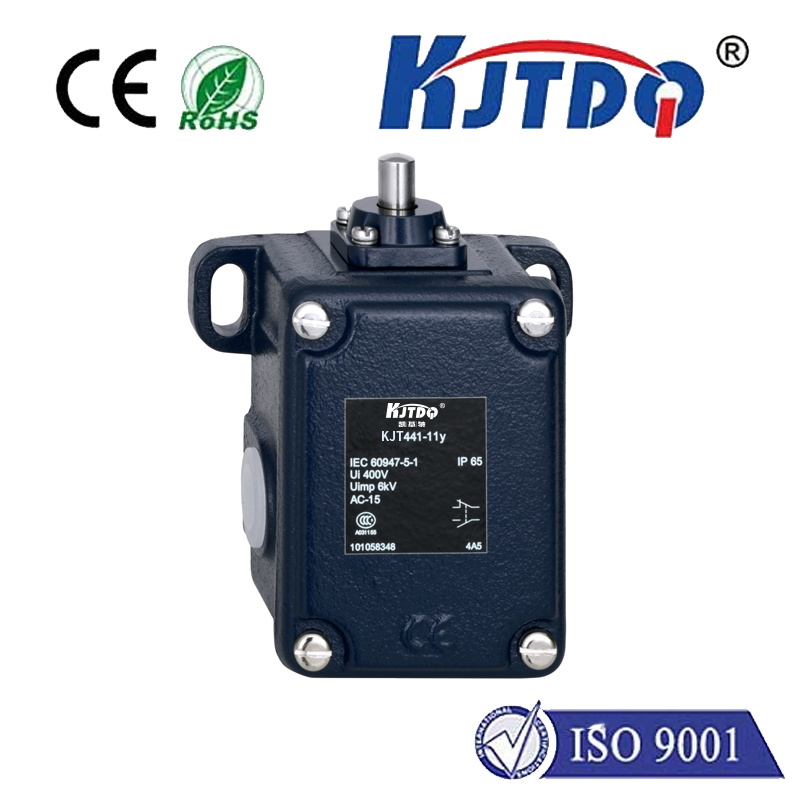

check

check

check

check

check

check

check

check

check

check
Title: The Significance of Limit Control Switch in Ensuring Safety and Efficiency in Industrial Processes
1. Introduction
In industrial processes, limit control switches play a crucial role in ensuring safety and efficiency. These switches are designed to monitor and regulate the flow of materials, fluids, or gases within a system, providing valuable feedback to operators and ensuring that the process runs smoothly without any risks of overloading or damage to equipment. In this article, we will explore the importance of limit control switches, their various types, and how they contribute to the safe and efficient operation of industrial processes.
2. The Role of Limit Control Switches
Limit control switches work by comparing the current level or flow of material within a system to predefined limits. When the flow exceeds these limits, the switch triggers an action, such as shutting off the flow source, stopping the conveyor belt, or alerting an operator to take corrective action. By monitoring and controlling the flow of materials, limit control switches help prevent accidents and ensure that production processes run smoothly and efficiently.
3. Types of Limit Control Switches
There are several types of limit control switches available, each with its unique features and applications. Some of the most common types include:
a) Pressure Switches: These switches operate on pressure differences between two points in a fluid or gas system. When the pressure difference exceeds a pre-set threshold, the switch opens or closes, allowing for accurate control of fluid or gas flow.
b) Flow Switches: Similar to pressure switches, flow switches use pressure differences to detect changes in flow rate. However, they are typically more sensitive and can detect smaller variations in flow than pressure switches.
c) Level Switches: Level switches measure the height or depth of a liquid or gas level in a container and trigger an action when the level reaches or falls below a pre-set threshold. This type of switch is commonly used in industries that require precise control of material levels, such as pharmaceuticals and food processing.
4. Benefits of Using Limit Control Switches
The benefits of using limit control switches in industrial processes are numerous:
a) Improved Safety: By preventing accidents caused by overfilling or overloading equipment, limit control switches significantly reduce the risk of workplace injuries and deaths. They also help prevent equipment damage and costly downtime caused by malfunctioning systems.
b) Increased Efficiency: Limit control switches enable operators to quickly identify and address issues before they escalate into larger problems, leading to improved overall efficiency and productivity. Additionally, they allow for precise control of material flow, ensuring that processes run smoothly without any unnecessary waste.
c) Cost Savings: By reducing the frequency of equipment failures and minimizing downtime, limit control switches can help organizations save significant amounts of money on maintenance and repairs. This savings can be reinvested in other areas of the business, further improving profitability.
5. Conclusion
Limit control switches are essential components of safe and efficient industrial processes. Their ability to monitor and regulate material flow ensures that production runs smoothly without any risks to personnel or equipment. As technology continues to advance, it is likely that limit control switches will become even more sophisticated, offering even greater protection and optimization capabilities for industrial systems around the world.
